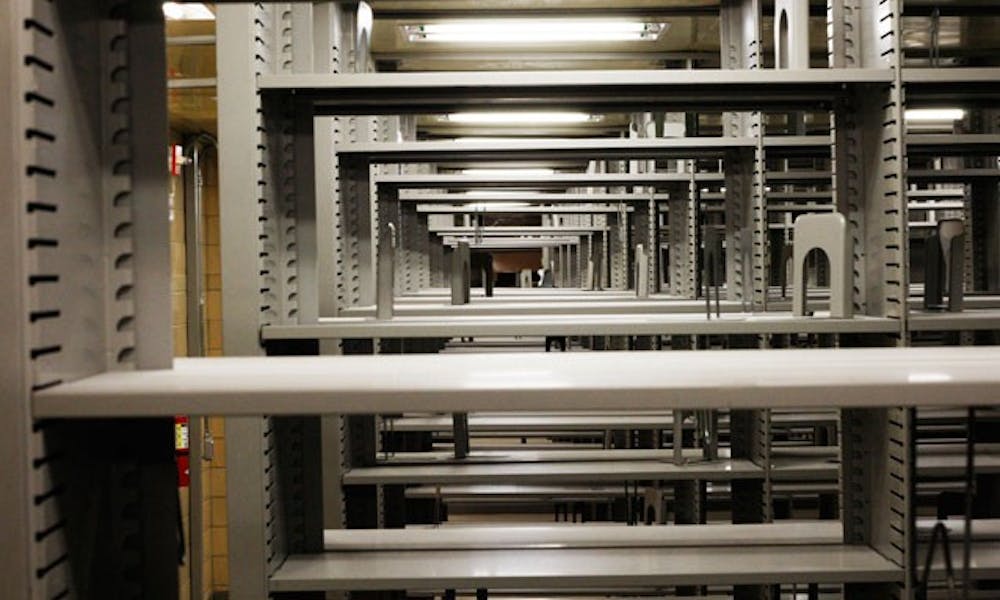The walls of the Biological and Environmental Science Library are being knocked down and turned into lab and office space.
Since the BES library’s closing in August 2009, the majority of its books have been relocated from the Biological Sciences building to Perkins and Bostock Libraries. The move was the most recent of its kind, following the transfer of the Chemistry Library and the Vesic Library for Engineering, Mathematics and Physics to Perkins in 2006 and 2008 respectively—partly the result of an effort to transfer departmental libraries’ resources to one location to facilitate cross-departmental research.
BES Librarian Teddy Gray, who worked in the BES library before it closed and is now a member of the Perkins-Bostock staff, said he has not heard any complaints about study space accessibility since the closing.
“The biggest thing is there’s no ePrint anymore,” Gray said, but added that students can meet their printing needs with the ePrint in the neighboring French Family Science Center.
Most undergraduate students said they were not affected by the BES library’s closing, with some adding they had not known where the library was located. But there were students, both graduate and undergraduate, who regularly used the BES library to study, he added.
Gray said prior to its closing, the BES library was in “poor shape.”
“We were faced with the decision of continuing to provide inferior space, comparing that with encouraging people to use Perkins-Bostock, which was so much better in terms of variety, reading rooms, study rooms and open spaces that students could use,” he said. “We weren’t going to get the money to upgrade [the science libraries].”
Cost reduction was not a driving force behind the move, Ann Elsner, director of administrative services for Duke University Libraries, wrote in an e-mail. She added, however, that some financial benefits resulted from the closures.
“Staff were reassigned to positions elsewhere in the libraries and their former positions were eliminated,” she said. “We also cut our direct expenses for computers, printers, paper, toner, copy machines and phones in the science libraries.”
Elsner said she believes students previously employed in the science libraries were typically able to find new positions in Perkins-Bostock.
The availability of digital texts and journal articles also factored into the move, said Robert Byrd, associate university librarian for collections and user services.
“The University made available a significant amount of funding to purchase electronic backfiles of journals,” he said.
This made it unnecessary to have so many physical texts available because faculty and students could easily read the files on their computers, Byrd added.
Biology Department Chair Dan Kiehart corroborated Byrd’s assertion.
“An awful lot of material is now online and I think if that were not the case it would be harder to swallow moving a major source away from physical proximity,” Kiehart said.
Faculty in departments on Science Drive can also request books from Perkins-Bostock, which are delivered within the day.
Byrd noted that the advantages that specialist librarians—such as Gray and Linda Martinez—offer their respective departments has not been lost because they continue to hold office hours.
“[They] need to maintain relationships with the departments and communicate frequently with faculty and students and provide specialized instruction with faculty and students,” Byrd said. “This is not dependent on the physical existence of the libraries.”
Get The Chronicle straight to your inbox
Signup for our weekly newsletter. Cancel at any time.

